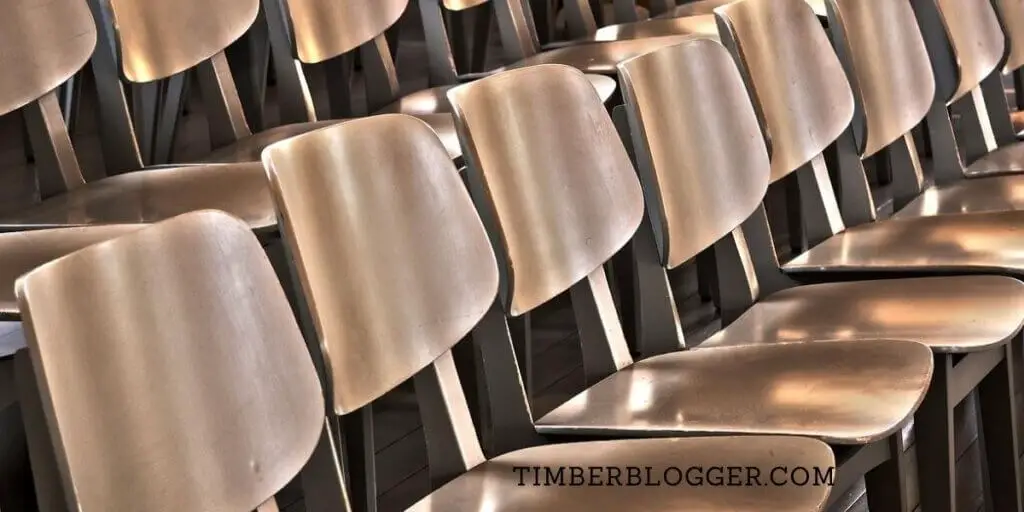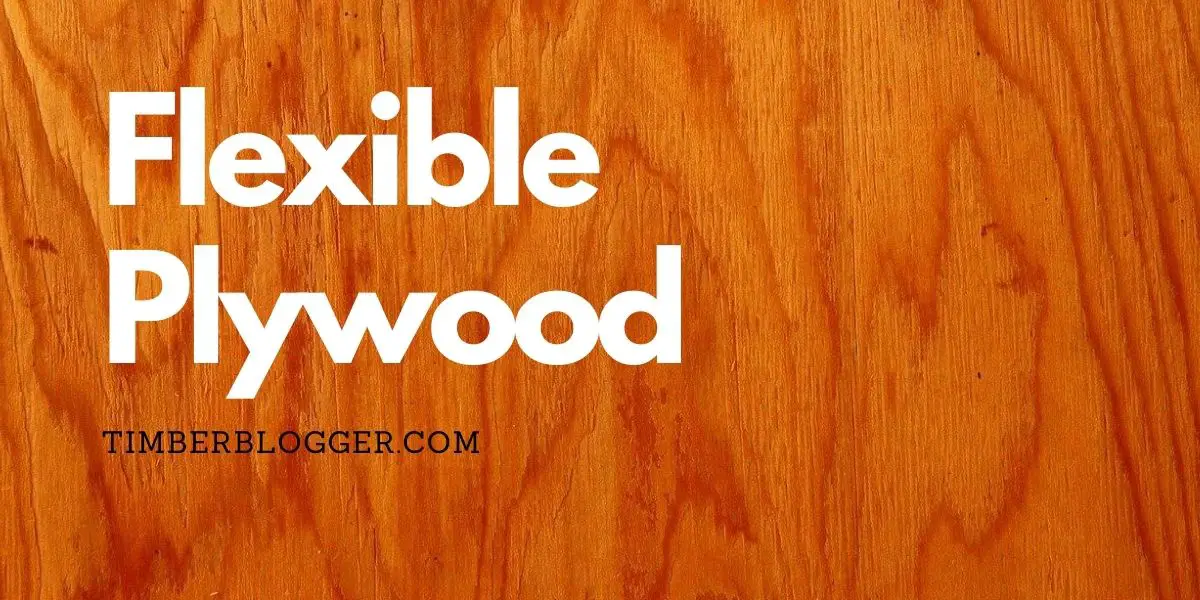Flexi plywood is also known as flexible plywood. Flexi plywood is a type of plywood that is made with a flexible veneer layer. It can be easily bent into the desired shape without chipping, cracking, peeling, or staining.
Flexi plywood widely uses for furniture and construction. We have to make a furniture and construction model with a lot of rotation. Flexible plywood proves to be a boon there.
How Made Flexible Plywood?
Flexible plywood and ordinary plywood are manufactured using the same methods. Flexible plywood is made of several flexible thin layers of wood glued together. But two things are important in the whole process of making flexible plywood.
The first is the thickness of the plywood.
Yes, flexible plywood must be thick so the ply can be easily bent. But it should not be so thin that it becomes weak and breaks while turning. So the thickness of the flexible plywood is about 3, 5, 7, and 12 mm.
The Second is the wood quality of the plywood. A special type of wood is chosen to become flexible plywood, which is flexible and strong.

Advantages of Flexible Plywood.
- Flexibility: It can bend and flex, which is ideal for curved or circular applications.
- Lightweight: Flexible plywood is often made from lightweight wood species such as balsa or poplar, which makes it easy to handle and work with. It saves a lot of time and resources in construction.
- Versatility: Flexible plywood can be used for many projects, such as furniture making, boat building, and other crafts and DIY projects.
- Cost-effective: Flexible plywood is often less expensive than traditional plywood.
Disadvantages of Flexible Plywood
- Flexible plywood is not durable than other types of engineered wood products, and its lifespan is generally shorter.
- Flexi plywood is weak and not suitable for heavy construction.
- Flexible plywood is made from thin layers of wood that are glued together, and it is susceptible to warping and cracking when exposed to moisture.
Uses of Flexi ply
Flexi ply is often used to create curved surfaces, such as boat building, architectural millwork, signs and furniture making. It has also been used in the transportation industry to manufacture buses, trucks, and trailers.
Flexible plywood is a common material in art and craft projects as it is easy to cut, shape and paint.
FAQ
Is Flexi Ply Waterproof?
Flexible plywood is not waterproof. It is highly prone to warping and deterioration but can be good moisture-resistant. That is why Flexible plywood is not recommended for exterior uses.
If you need a waterproof material, consider using a different engineered wood product, such as marine plywood or a synthetic material like plastic or fibreglass.
Is Flexi Ply Expensive?
Flexi plywood is not expensive, but sometimes it can be more expensive than many engineered materials. Plywood can cost anywhere from $30 to $100 per sheet, depending on the thickness and size.
How is Flexi Ply Different from Plywood?
The main difference between flexi ply and plywood is the thickness. Flexi plywood has a thickness of 5mm/6mm/8mm while plywood has a thickness of 1/2-inch, 1/8-inch to 3/4 inch. Flexible and lightweight wood species are used to make flexi ply.
Read other related articles:


Comments are closed.